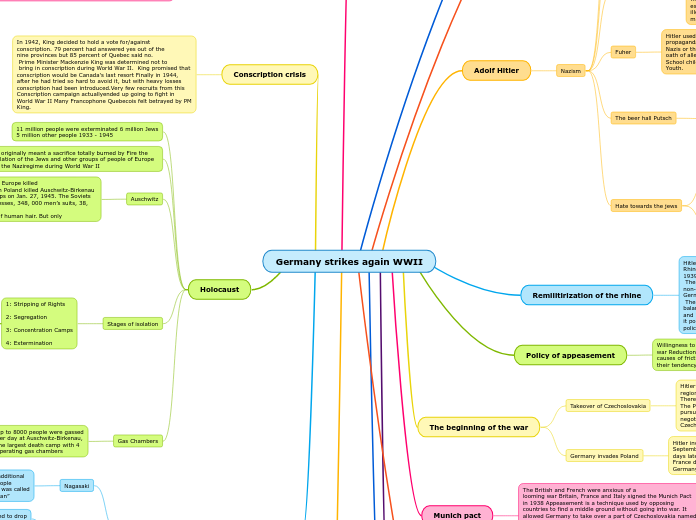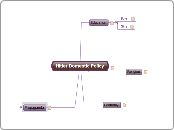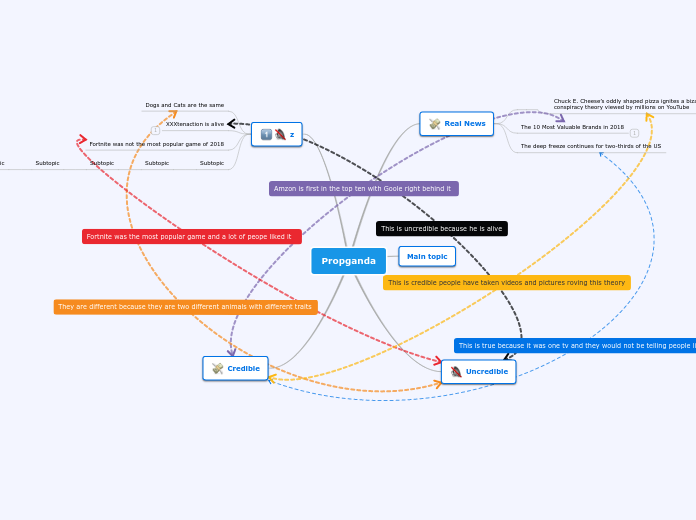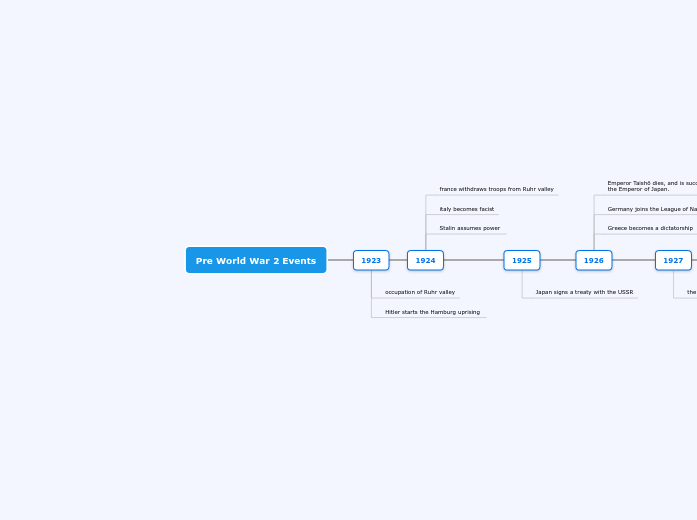Germany strikes again WWII
Major Battles
D-Day
Massive offensive by Allies to gain a foothold in mainland Europe These landings were the beginning of the end of the war in Europe. Largest assault landing ever undertaken. Allied involvement: 180 000 men, 5000 ships 8000 aircraft, 3200 landing crafts, 3000 heavy guns and 1500 tank Plan: Massive aerial and naval bombing, paratroopers drop behind enemy lines and then the landing of the troops.
Dawn June 6, 1944
Beaches of Normday, France
Allied assault landings and invasion onto mainland Europe.
Canada, Britain, US & others vs. Germany
Italian Campaign
Allied offensive into Southern Europe with important Canadian involvement
Continued pressure on German defensive positions forcing them to give up territory
Little resistance until German stand in Ortona
Canadian forces `The Vandoos` distinguish themselves in battle
July 1943
Sicily and mainland Italy
Invasion of Italy
Canada & Britain vs. Germany & Italy
The Dieppe Raid
Diversionary attack used to draw Hitler’s attention back to the West away from the Soviets and also to get info for a larger attack (Normandy)Everything went wrong
Everything went wrong – 1. Bombers were delayed (soften German forces)
2. Ships delayed so troops ended up landing in the daylight
3. Troops were quickly pushed back
August 19th, 1942
France beaches of Dieppe
Diversionary attack on German fortifications (defenses) at Dieppe
Canada, Britain, U.S.A vs Germany
Battle of Stalingrad
Hitler wanted Russia for land and resources
Major victory that saved Russia – turning point of the war
Operation Barbarossa began in June 22, 1941
Germans advance into Stalingrad the summer of 1942
Eastern Front
Majority of the battle was in Stalingrad
Germany stormed into Russia with the largest offensive in history Germans quickly make it to Moscow
1941 – Hitler launched an offensive on Moscow
1942 – Hitler attacked Stalingrad
Hitler vs Stalin
Pearl Harbour
Japanese wanted to neutralize the American fleet in the Pacific
Japan needed oil and supplies – planned to take over Asia Japan feared the Americans because of their presence in China
When
December 7, 1941
Pearl Harbor, Oahu, Hawaii – Pacific Theatre
Surprise assault on the American Navy base and Army airfield
Destroyed 6 aircraft carriers, 12 battle ships and nearly every plane on the ground 2403 Americans lost their lives
Japan vs America
Battle of Britain
Luftwaffe was to gain control of British air space and destroy the RAF Destroy aircraft production/intimidation for surrender
Invention of the Dowding system: early warning detection – radar Canadian pilots were involved
July 10- October 31,1940
Began attacks on airfields near coast before moving inland to London
Operation Sea Lion
Fought mostly in the air
Who?
Britain vs Germany
Dunkirk
Operation Dynamo
evacuation of 350 000 troops
allowed allies to continue the war
Why?
Germany’s continued conquest of Europe Hitler ordered the attack to stop at Dunkirk – He thought Britain would surrender
This allowed the allies to regroup and strengthen their defenses
When?
May 26- June 4 1940
Where?
European Theater France
What?
Subtopic
Allies northern/southern forces separated by German advance
pushed back to Dunkirk (beach on the English Channel)
eventually escape
who?
Britain, France, Germany
The bombing of Nagasaki and Hiroshima
Hiroshima
Between 70,000 to
100,000 incinerated Bomb dropped was
the “Little Boy”
President Harry Truman (U.S.A.) orders
the first atomic bomb to be dropped on
Hiroshima, 6 August 1945
The plane commissioned to drop
“Little Boy” on Hiroshima
Nagasaki
Killed an additional
40,000 people
The bomb was called
the “Fat Man”
Holocaust
Gas Chambers
Up to 8000 people were gassed
per day at Auschwitz-Birkenau,
the largest death camp with 4
operating gas chambers
Stages of isolation
1: Stripping of Rights
2: Segregation
3: Concentration Camps
4: Extermination
Extermination
Nazi extermination camps fulfilled the singular function of mass murder Nazi policy to eliminate “life unworthy of life” (mentally or physically challenged) to promote Aryan “racial
integrity”
Concentration Camps
essential to Nazi’s systematic oppression and eventual mass
murder of enemies of Nazi Germany (Jews, Communists,
homosexuals, opponents) Slave labor “annihilation by work”
Prisoners faced undernourishment and starvation Prisoners transported in cattle freight cars. Camps were built on railroad lines for efficient transportation
Segregation
Jews were forced to live in designated areas called “ghettos”
to isolate them from the rest of society Nazis established 356 ghettos in Poland, the Soviet Union, Czechoslovakia, Romania, and Hungary during WWII Ghettos were filthy, with poor sanitation and extreme overcrowding. Disease was rampant and food was in such short supply that many slowly starved to death
Stripping of rights
stripped of German citizenship fired from jobs & businesses
boycotted banned from German schools and universities
Marriages between Jews and Aryans forbidden. Forced to carry ID cards Passports stamped with a “J”forced to wear the arm band of the. Yellow “Star of David” Jewish synagogues destroyed forced to pay reparations and a special income tax
Auschwitz
63% of Jewish population in Europe killed
91% of Jewish population in Poland killed Auschwitz-Birkenau was liberated by Soviet troops on Jan. 27, 1945. The Soviets found 836, 255 women’s dresses, 348, 000 men’s suits, 38, 000 pairs of men’s
shoes and 14, 000 pounds of human hair. But only
which originally meant a sacrifice totally burned by Fire the annihilation of the Jews and other groups of people of Europe under the Naziregime during World War II
11 million people were exterminated 6 million Jews
5 million other people 1933 - 1945
Conscription crisis
In 1942, King decided to hold a vote for/against
conscription. 79 percent had answered yes out of the
nine provinces but 85 percent of Quebec said no.
Prime Minister Mackenzie King was determined not to
bring in conscription during World War II. King promised that conscription would be Canada's last resort Finally in 1944, after he had tried so hard to avoid it, but with heavy losses conscription had been introduced.Very few recruits from this Conscription campaign actuallyended up going to fight in World War II Many Francophone Quebecois felt betrayed by PM King.
Home front
Interment camps
Paranoia set in after Pearl Harbor and the people of B.C. wanted to feel safe again. Mackenzie King wanted to have their votes for the next election and he was more than happy to oblige. The Canadian government used the War Measures Act. War Measures Act: A law passed in 1914 giving the federal government sweeping emergency powers in times of war, invasion or rebellion; the Act severely limited the freedom of Canadians. It was used during WWI, WWII and the 1970 FLQ Crisis. It was replaced in 1988.
Rationing
To ensure there was a large enough supply to meet both
military and civilian needs, certain staple goods were
rationed, prices were frozen and wages were frozen at
modest levels.
Labor
With so many men enlisting, Canada faceda labor shortage as early as 1941, most notably in war-related industries. One of the main strategies of the Canadian Government was to recruit women for the work force.At first only single women were recruited, but upon severe labour shortages, both
married women and mothers were sought out; the government even funded daycare centres so that women would be free to work. In 1943, there were approximately 225,000Canadian women working in munitions factories.
Government and the economy
The war launched Canada out of the
depression and into an economic boom.
Canada became an industrial power: new
factories were built and old ones adapted for
war purposes. Factories produced
thousands of guns, ships, fighter planes and
military vehicles.
Blitzkrieg
Blitzkrieg means “lightning war” and was used to describe the style of warfare Germany took to invade Poland September 1st, 1939 Germany attacks Poland by
surprise, pushing hard for a quick victory This style of warfare shocked the Poles and did not
allow the Poles to stand a chance against the German army Britain and France declare war against Germany to help Poland on September 3rd, 1939
Non-aggression pact
August 23, 1939 Hitler and Soviet Union dictator Joseph Stalin sign a non-aggression pact Unlikely allies due to strong
opposed political views Planned to divide up Poland and
other European countries, This helped Hitler confidently
plan to take over Western Europe without a Soviet attack
League of nations
Failure of the league of nations
failed due to: Not all countries signed to join the League of Nations (US, Germany, Russia) The League of Nations did not have any power (trading relationships) The League of Nations did not have an army (Lack of soldiers from member countries) Lack of time to act quickly (emergency meetings)
League of Nations was signed in 1919 after World War I The League of Nations was an international organization that maintained world peace The League of Nations
Munich pact
The British and French were anxious of a
looming war Britain, France and Italy signed the Munich Pact in 1938 Appeasement is a technique used by opposing countries to find a middle ground without going into war. It allowed Germany to take over a part of Czechoslovakia named Sudetenland which
carried a large population of Germans on the terms that Hitler would stop invading other parts of EuropeTheir hope was to avoid a war at all costs
The beginning of the war
Germany invades Poland
Hitler invaded Poland on
September 1, 1939 and 2
days later Britain and
France declared war on
Germany.
Takeover of Czechoslovakia
Hitler specifically targeted Sudetenland which was a
region in northern Czech that bordered Germany.
There were many German speaking people here.
The Prime Minister of Britain, Neville Chamberlain,
pursued a policy of appeasement and rearmament. He negotiated with Hitler quite intensely about the takeover of
Czechoslovakia.
Policy of appeasement
Willingness to surrender to an aggressor's demands to avoid war Reduction of international tensions through removal of causes of friction; concessions to disgruntled nations to lessen their tendency to take aggressive actions
Remilitirization of the rhine
Hitler ordered German forces into the
Rhineland which began on March 7th,
1939.
The Treaty of Versailles had set up as a
non-military zone between France and
Germany.
The remilitarization changed the
balance of power in Europe from France
and its allies towards Germany, making
it possible for Germany to pursue a
policy of aggression in Western Europe.
Adolf Hitler
Nazism
Hate towards the jews
Numberg Law 1935
Prohibited marriages between Jews and German citizens.
Jews were not permitted to hire German females as domestic servants under the age of 45. Jews were forbidden to display the national flag or national colors, but could display the Jewish colors identifying them as Jews. Punishment for violating these laws includes hard labor or imprisonment.
Hatred of Jews, anti semitism, was a key part of Nazi ideology.
Jews were used as scapegoats for all Germany’s troubles since the
end of the war.
The beer hall Putsch
From November 8 to November 9,
1923, Adolf Hitler (1889-1945) and his followers staged the Beer Hall Putsch in Munich, a failed takeover of the government in Bavaria, a state in southern Germany Hitler was convicted of treason and sentenced to five years in prison. He spent less than a year behind bars
Hitler's famous book Mein kempf
-Written during the 9 months served in prison The book set forth his beliefs and goals for
Germany.
-He asserted Germans were a “master race.”
-He expressed his outrage over the Versailles Treaty.
-He declared Germany’s need for “lebensraum”
or “living space.
Fuher
Hitler used the press, radio, literature, painting, and film as his propaganda tools. Churches were forbidden to criticize the Nazis or the government. Ministers were required to sign an oath of allegiance. The Boy Scouts was abolished in Germany. School children had to join Nazi organizations like the Hitler Youth.
Totalitarianism
Totalitarianism government restricts individual rights and makes everyone subordinate to the government. The governments stay in power by using fear and oppression. Hitler banned other political parties. Hitler created the SS (Schutzstaffel, or protection squad). The SS arrested and murdered hundreds of Hitler’s enemies. The Gestapo was established as the Nazi’s secret police. Strikes were made illegal. Millions of people were put to work building up the military.
Fascism
Fascism is a form of totalitarianism that tells citizens that their nation or race is superior
Living with Fascism
Rejection of happiness
Women were to make babies (new soldiers)Youth molded into soldiers 1 ethnic group made important 1 ethnic group to be a target
Nazism is very similar to fascism; some even say it is particular form of fascism.Nazism is anti-Communistic and
is opposed to democracy.
Axis
Italy
Germany
Allies
Canada
France
Britain









